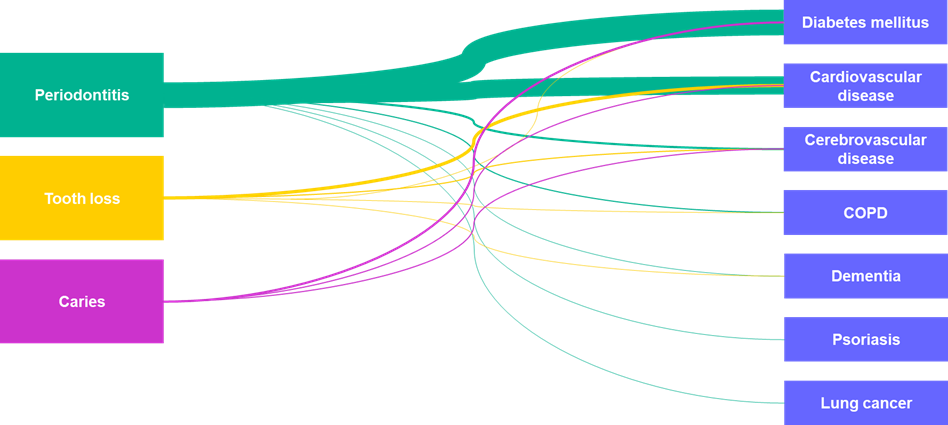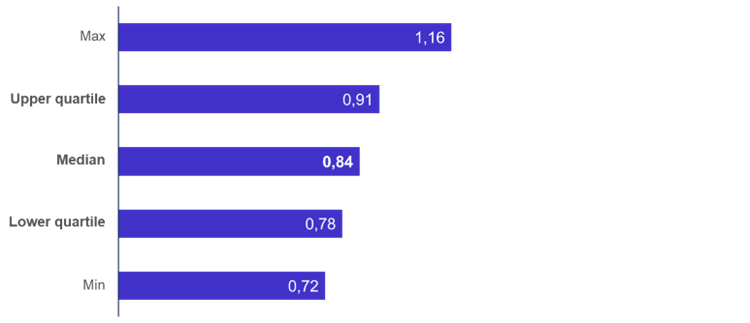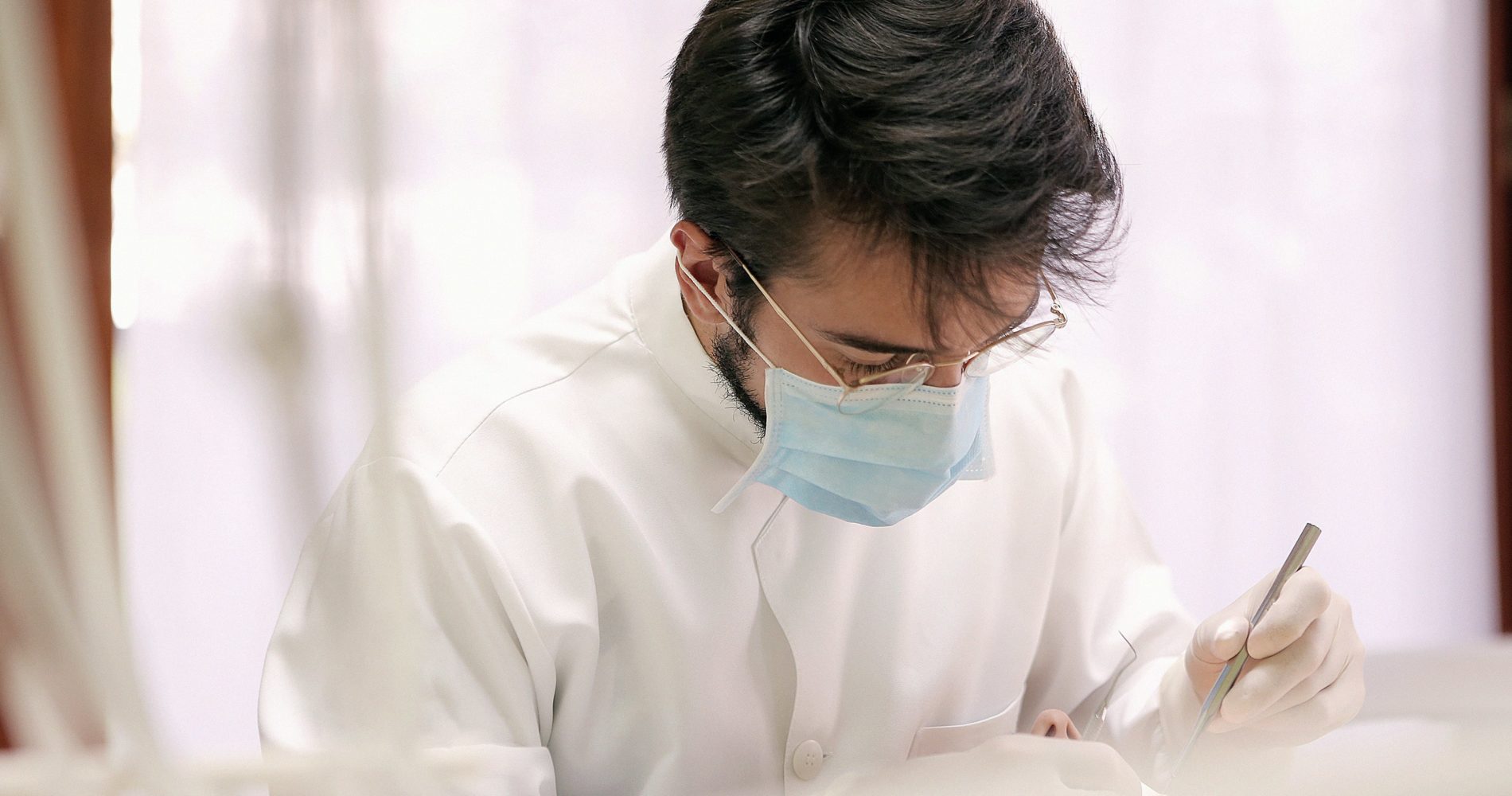In our previous blog post (find it here), we emphasized the urgent need to tackle the challenge of recognizing and treating periodontal diseases. Now, we would like to focus on the potential health benefits of effective periodontal treatment and the opportunities it presents for private-sector care providers.
Why is addressing periodontal undertreatment so important?
On the population level, the need for periodontal treatment is significant, and each professional and service provider should be sensitive to individuals’ periodontal treatment needs. Proper examination is key, but after examination, dentistry should ensure patients are given the required extra treatments and scheduled for visits to tackle the periodontal challenge. Private clinics have a substantial opportunity to boost their income by expanding the provision of periodontal treatments to existing patients requiring such services. Similar to caries, the treatment addresses the symptoms rather than the primary root cause, which is typically attributed to patients’ inadequate personal hygiene practices. The primary objective should always be ensuring patients understand the causality between oral hygiene and diseases, in addition to supporting patients in achieving their personal hygiene goals in a mutually respectful manner.
Despite recognition of the population-level root causes, periodontal treatment is required at the individual level. As a chronic noncommunicable disease, like cardiovascular diseases and type 2 diabetes, periodontitis is a common oral condition characterized by gum inflammation. Periodontitis ranks among the top-10 most prevalent conditions worldwide, and approximately 800 million people globally have severe periodontitis [1]. Moreover, considerable evidence has connected systemic and oral health, supporting the association among periodontitis, type 2 diabetes, and cardiovascular diseases (Figure 1).

How can dental care service providers make improvements?
The first step is acknowledging the currently poor recognition and undertreatment of periodontal diseases, but there is much more to do. For instance, each dental examination should involve identifying early signs of periodontal diseases [3], which may increase the appointment duration but is necessary to include, as the information is crucial to patients. The true potential lies in periodontal treatment; among Finnish service providers, for example, patients with periodontal findings receive approximately only 0.84 periodontal treatments (separate procedure codes) within 6 months of the examination (Figure 2, NHG dental care quality measures). While periodontal treatment does not necessarily require numerous separate treatments, as in many cases, one treatment of the lower mouth, one of upper mouth, and a third to control the treatment may well be enough, a rate of 0.84 treatments per patient is low, leaving much room for additional periodontal treatments at the population level. Dental professionals should be encouraged to fulfill this demand and offer individuals the necessary treatment. However, some have speculated that periodontal treatment is not always the most appealing work for some professionals. However, the stakes are high, and the population requires prompt treatment. In many cases, the proper division of care can be useful, as many colleagues, including dentists and dental hygienists, have many possibilities of meeting the required number of periodontal treatments.

Figure 2. Number of periodontal procedures at 6 months since recognition of periodontitis 18+y, 2023
The Opportunity
The financial potential of periodontal treatment relies on improvements to patients’ overall health. Simultaneously, private clinics neglect a significant share of periodontal treatments, leaving their patients without proper care and decreasing the clinic’s income. To overcome this challenge, education, direction, and motivation should be targeted toward periodontal treatment, rendering it a clear value-added service for patients in need.
Discover More: Get your free guide on why and how dentistry is evolving. Our whitepaper, ‘Dentistry Needs to Change – Why and How?’ gives you insights into the changing world of oral care. Download it here.
- Bernabe E, Marcenes W, et al. Global, Regional, and National Levels and Trends in Burden of Oral Conditions from 1990 to 2017: A Systematic Analysis for the Global Burden of Disease 2017 Study. Journal of Dental Research. 2020;99(4):362–373. doi:10.1177/0022034520908533
- Seitz MW, Listl S, Bartols A, Schubert I, Blaschke K, Haux C, Van Der Zande MM. Current Knowledge on Correlations Between Highly Prevalent Dental Conditions and Chronic Diseases: An Umbrella Review. Preventing Chronic Disease. 2019 Sep 26;16:E132. doi: 10.5888/pcd16.180641. PMID: 31560644; PMCID: PMC6795069.
- Sanz, M., Bäumer, A., Buduneli, N., Dommisch, H., Farina, R., Kononen, E., … & Winkel, E. 2015. Effect of professional mechanical plaque removal on secondary prevention of periodontitis and the complications of gingival and periodontal preventive measures: Consensus report of group 4 of the 11th European Workshop on Periodontology on effective prevention of periodontal and peri‐implant diseases. Journal of Clinical Periodontology, 42, S214-S220. doi: 10.1111/jcpe.12367
